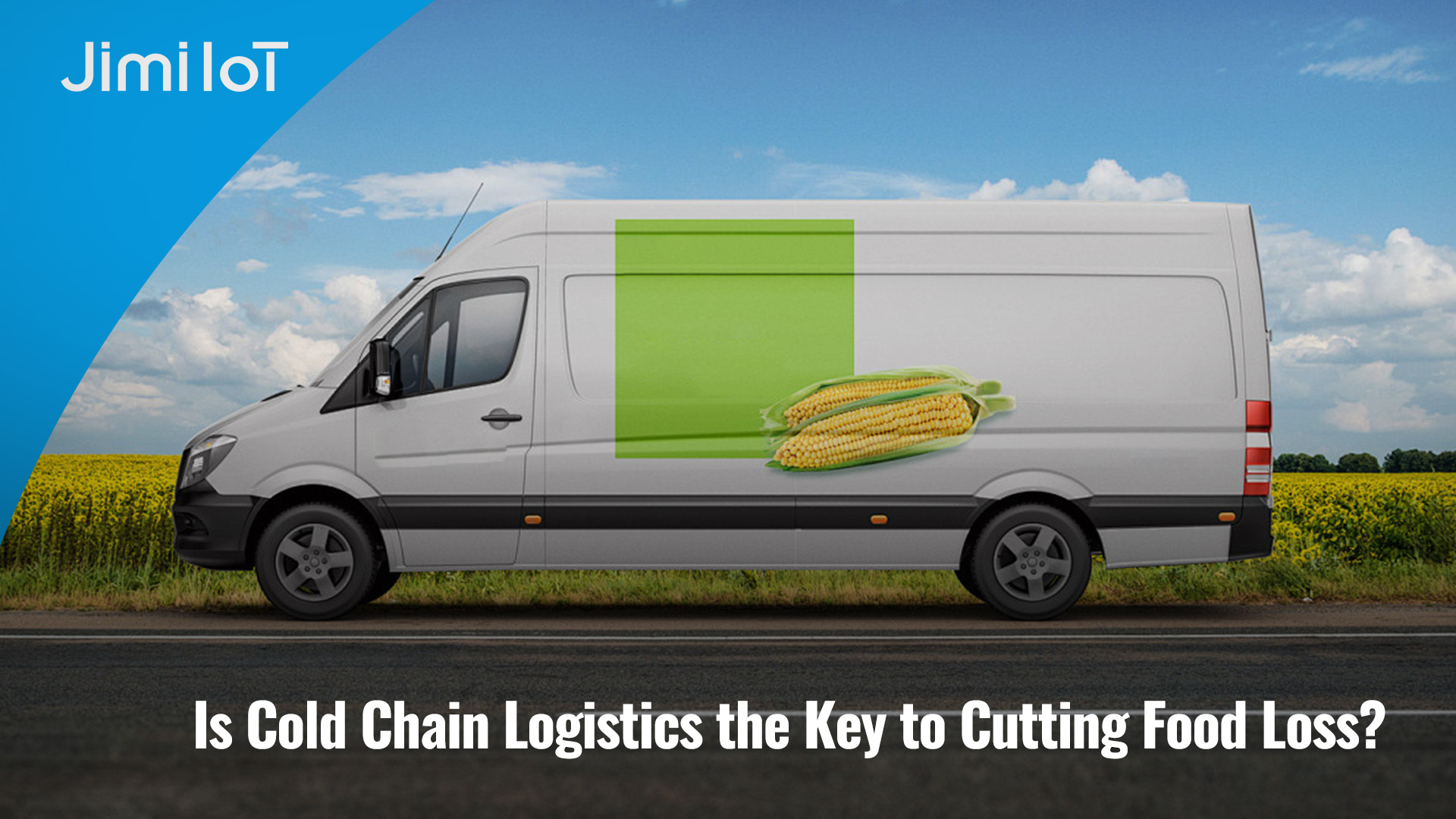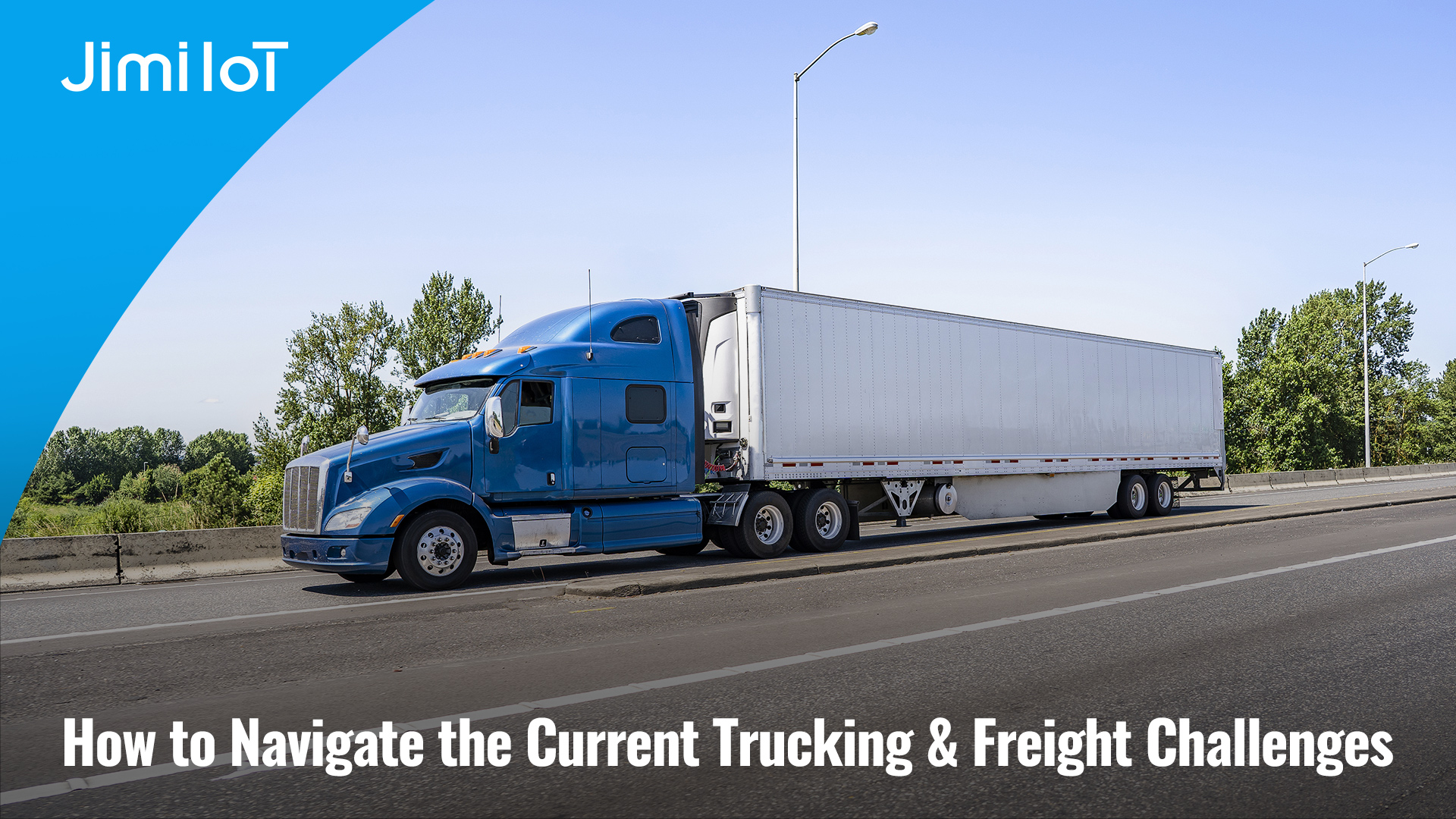Global food systems are facing an unprecedented challenge, with nearly 20% of the world’s food production either lost or wasted each year. This phenomenon, costing the global economy roughly US $1 trillion annually, is not merely an economic issue—it profoundly impacts food security, community livelihoods, and environmental sustainability. When produce spoils before it reaches consumers, it jeopardizes the nutritional needs of populations and intensifies greenhouse gas emissions due to decomposition.
Reframing the Problem: Food Loss vs. Food Waste

In discussions surrounding global food management, the terms “food waste” and “food loss” are frequently used interchangeably. However, these terms denote distinct stages within the supply chain. Food waste typically occurs at the consumer and retail levels, where surplus or near-expiry food is discarded by households and supermarkets. In contrast, food loss transpires much earlier, often during harvest, processing, storage, or transportation, where perishable goods deteriorate before reaching markets. For instance, a head of lettuce that spoils en route from rural farms to urban centers exemplifies food loss—stemming from inadequate infrastructure and subpar handling practices.
Although both challenges result in edible goods never being consumed, the upstream losses present significant opportunities for intervention. Addressing food loss can yield substantial benefits for the logistics sector, as improvements in supply chain management not only recoup wasted investments but also bolster overall food availability. Industry reports, including those from McKinsey, underline that strategic supply chain enhancements can dramatically reduce upstream losses, benefiting both retailers and producers.
Identifying the Weak Links: Bottlenecks in the Supply Chain
Several factors contribute to food loss throughout the supply chain. Initially, improper post-harvest practices can have a severe impact. Once crops are harvested, they are vulnerable to rapid degradation if not promptly cooled or stored properly. In regions with high ambient temperatures, the absence of on-farm cooling facilities or proper storage solutions accelerates spoilage, leading to significant losses even before the produce leaves the farm.
Infrastructure deficiencies further compound these issues. After the farm gate, the lack of adequate cold-storage facilities or a shortage of refrigerated transportation options creates critical bottlenecks. Produce often languishes in high-temperature environments, drastically shortening its shelf life. This problem is particularly acute in emerging economies, where inconsistent power supply, underdeveloped road networks, and limited investments in refrigeration technology hinder efficient food transport. In contrast, while developed nations typically boast more advanced logistics networks, even they are not immune to inefficiencies in the last mile of delivery.
Temperature management is another critical factor. Perishable items such as fruits and vegetables require a meticulously controlled environment; even minor deviations from the ideal temperature can drastically reduce their marketable lifespan. A slight increase or decrease in temperature can degrade food quality, leading to premature spoilage. The consequences are far-reaching: farmers lose income, businesses suffer financial setbacks, and communities are deprived of essential nutrients. These losses trigger a ripple effect, draining resources and exacerbating global hunger.
The Transformative Power of Cold Chain Logistics
Cold chain logistics offers a promising solution to mitigate these challenges by maintaining optimal temperature conditions from harvest to delivery. This integrated approach involves a series of coordinated processes, including pre-cooling freshly harvested produce, utilizing refrigerated transport, and storing goods in temperature-controlled facilities. These measures collectively extend the shelf life of perishable items, drastically reducing spoilage rates and ensuring that more food reaches consumers.
Pre-cooling is a critical initial step, rapidly lowering the temperature of fresh produce to slow the ripening process and delay spoilage. Refrigerated trucks and containers, equipped with state-of-the-art insulation and regularly maintained cooling systems, maintain a consistent environment during transit. Additionally, modern cold storage facilities provide controlled conditions that preserve both temperature and humidity, further safeguarding product quality.
Innovative packaging technologies also play a vital role. Smart packaging can regulate ripening and respiration, ensuring that goods remain fresh over extended periods. When these advanced technologies are combined, they create a robust cold chain that not only minimizes food loss but also significantly reduces environmental impact by lowering greenhouse gas emissions from decomposing produce.
How Cold Chain Logistics Is the Key to Managing Food Loss
The benefits of cold chain logistics extend far beyond merely preserving food quality. Modern logistics networks are increasingly incorporating real-time monitoring systems to ensure that every link in the supply chain maintains optimal conditions. Smart sensors and IoT tracking devices, integrated into refrigerated transport units, continuously record temperature, humidity, and other vital metrics. These devices provide immediate alerts via AI-driven analytics when deviations occur, allowing corrective actions before spoilage can take hold.
One of the most innovative solutions in this arena is the LL309 Temperature and Humidity Monitoring Tracker. The LL309 is a cutting-edge 4G asset tracker that delivers precise location tracking using a combination of GPS, BDS, and LBS technologies. It is uniquely equipped with a built-in temperature and humidity sensor, designed specifically to monitor and safeguard perishable goods throughout the supply chain.
The LL309 continuously monitors environmental conditions, and in the event of any deviation from preset parameters, it sends instant alerts over the 4G network. This real-time notification system ensures that logistics managers can intervene promptly, thereby preventing potential spoilage. Furthermore, even when the device is offline, it can store up to 20,000 records of location, temperature, and humidity data. This stored information can be easily exported via a USB Type-C connection for detailed post-event analysis.
The versatility of the LL309 makes it an ideal solution for various applications, including refrigerated trucks, logistics containers, and even sensitive parcels. Its robust design and advanced monitoring capabilities make it a critical tool for businesses aiming to optimize their cold chain logistics and significantly reduce food loss.
Conclusion
In summary, the integration of sophisticated cold chain logistics with state-of-the-art monitoring solutions like the LL309 offers a transformative approach to managing food loss. By ensuring that perishable goods remain within the optimal temperature and humidity range throughout the supply chain, businesses can reduce waste, enhance food security, and create more sustainable operations. This approach not only saves costs but also contributes to a reduction in the global environmental footprint, thereby supporting the broader goal of global food sustainability.
Investing in cold chain logistics and innovative IoT monitoring solutions is imperative for stakeholders looking to secure a competitive edge in the increasingly challenging food supply landscape. The LL309 Temperature and Humidity Monitoring Tracker is a prime example of how technology can revolutionize the management of perishable goods, ensuring that more food reaches those in need while bolstering economic and environmental sustainability.
Why JimiIoT
JimiIoT is a global leader in innovative IoT solutions. We provide cutting-edge hardware and software tailored to enhance efficiency and connectivity. Our range of products includes advanced GPS tracking devices, asset management solutions, smart vehicle dashcams, and telematics platforms. With a focus on technological excellence and customer satisfaction, we empower businesses to optimize operations and gain valuable insights from data-driven analytics. Trust JimiIoT to drive positive change and unlock growth opportunities in the digital age.
If you would like more details, please visit Facebook, LinkedIn, INS, and Twitter pages for further information.
 US
US ES
ES PT
PT TH
TH VN
VN JP
JP



